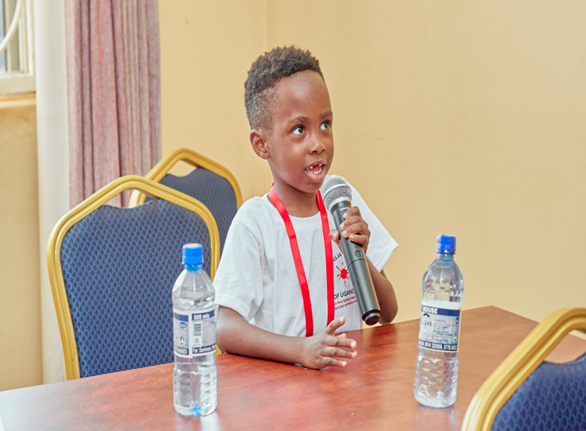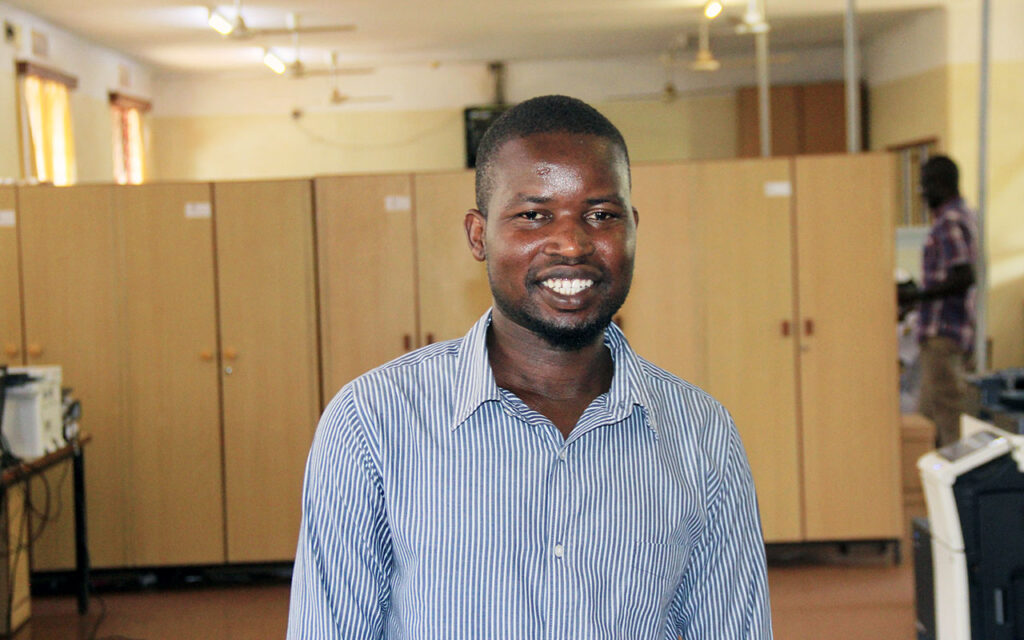Leverage for life-changing therapies: WHO Essential Medicines and haemophilia care in Uganda
In September 2025, the World Federation of Hemophilia (WFH) announced that the World Health Organization (WHO) Essential Medicines List (EML) would be updated to better align with international clinical guidelines for managing haemophilia and von Willebrand disease. The changes include adding recombinant Factor VIII (FVIII) and Factor IX (FIX) concentrates and emicizumab to the core list of essential medicines, and removing cryoprecipitate as an indication for treating haemophilia and von Willebrand disease.
We asked the Haemophilia Foundation of Uganda’s Agnes Kisakye what these changes mean for haemophilia care in Uganda.

Improving haemophilia care in Uganda
Better access to treatment is essential for improving haemophilia care in Uganda.
Currently, the availability of factor concentrates in Uganda relies almost exclusively on donations, primarily through the life-saving World Federation of Haemophilia (WFH) Humanitarian Aid Program. This external support has made a monumental difference in saving lives, but is fundamentally insufficient and unpredictable for a patient base of over 500 registered individuals that continues to grow.
The global benchmark for haemophilia management is prophylactic care. However, supply deficits and sheer demand mean that achieving the necessary standard of care through the current system is simply unattainable. Resources are rationed for acute bleeding episodes, perpetuating joint damage and disability. Improvement requires a government-led transition from a reliance on emergency aid to institutionalising factor supply within the Ugandan public health budget.
Essential medicines advocacy
With the WFH and many other national patient organisations, the Haemophilia Foundation of Uganda signed a joint letter of support for updates to the WHO Essential Medicines List (EML). We saw this as a crucial advocacy step, not least because the WHO EML guides Uganda’s own national medicines list and procurement decisions. The changes focus on aligning the EML with the global standard of care for haemophilia, along with safety and efficacy. This, in turn, aligns with our Ministry of Health’s priority to ensure access to treatment, and to protect Ugandan patients from preventable infectious diseases.
By supporting the EML update, the Haemophilia Foundation of Uganda is ensuring that national policy decisions reflect the best global practices available for haemophilia care.
Supporting a national effort
The WHO EML is a guiding tool for Uganda’s health policy. The recent update gives the Haemophilia Foundation of Uganda a powerful, external evidence base and advocacy tool to support updates to our national essential medicines list. That way, we can encourage the Ministry of Health to include and prioritise modern, safe haemophilia treatments, and ensure that government procurement reflects current best practice.
The Haemophilia Foundation of Uganda is also advocating for prophylaxis, and we think this update will also support the case for a prophylaxis strategy in the Ugandan health system. The addition of recombinant FVIII and FIX and emicizumab to the EML gives us the leverage to advocate for these modern, life-changing therapies to be sustainably integrated into our national health system.
Slingshots and stones
I think these changes to the EML can make a profound difference to how people with haemophilia in Uganda are able to access treatment. However, this will be a process, not an immediate switch. The updated EML provides the Haemophilia Foundation of Uganda with a powerful slingshot – but it’s the Ministry of Health that must release the stone.
The greatest challenge for haemophilia care in Uganda is the gap between modern global standards and local implementation. The addition of the recombinant factors and emicizumab move the conversation from “Should we amend the Ugandan list?” to “How can we afford to deliver these essential drug to every patient in Uganda who needs them?”
To improve haemophilia care in Uganda, we need to secure a dedicated budget line for the consistent supply of treatments, and we need to improve diagnosis and access to care. We need to decentralise diagnostic capacity through strengthened peripheral treatment centres, establish multidisciplinary care teams for holistic patient support, and adopt national haemophilia treatment guidelines to standardise care and inform procurement data.
We’re making steady progress.
About the author
Agnes Kisakye is Executive Director of the Haemophilia Foundation of Uganda.


